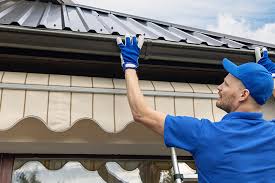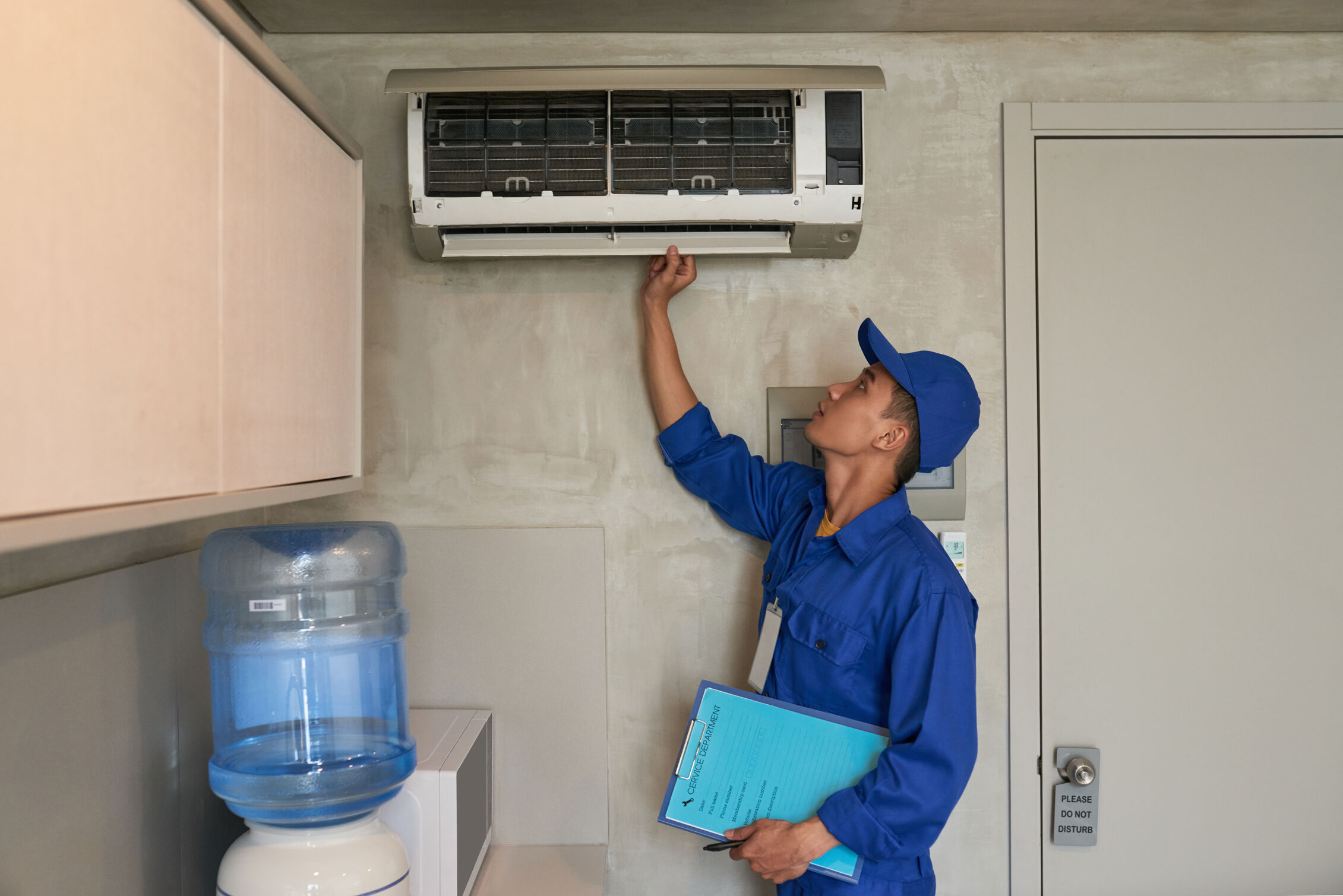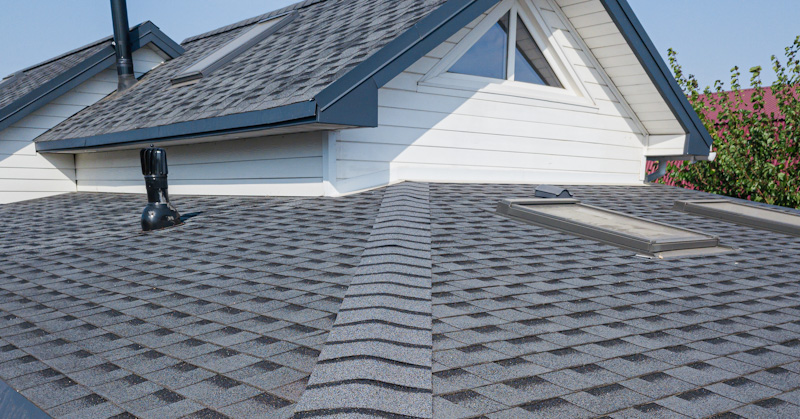Proper gutter and roof maintenance is a necessity for your home to live many glorious years to come. Neglecting these problems can result in major complications, including water saturation, mildew production, and expensive fixings. To help get your gutter and roof maintenance up and creeping successfully, here are 5 hot tips to ensure your home is protected from the elements.
Regular Inspections
Why Are Inspections Performed Seasonally?
The first step towards efficient gutter and roof maintenance is regular inspection. Because seasonal checks (preferably spring and fall) will enable homeowners to discover issues before they become issues.
What To Look For When Inspecting
Here are a few things to take a note of while inspecting Gutter and Roof Maintenance:
Roof Age: Check for discoloration of the roof, missing shingles, rusted flashing, and look for sagging. If not fixed in an adequate time frame, these problems can cause leaks and more damage.
Blocked or Ruined Rain Gutter: See if there is debris accumulation like leaves and twigs that could obstruct water from running freely. Next, check for cracks or separation from the gutter system.
Guidelines for Inspection Frequency
Ideally, you should be checking your gutters and roof no less than two times every year, or more often if your region endures a lot of severe heat or bad weather.
Clean Gutters and Downspouts
Why You Should Always Have Cleaned Gutters
Overflowing water from filled gutters can result in damage to your roof, siding, and foundation. You need to ensure that your gutters and storm drains are free of debris.
Recommended Cleaning Schedule
Gutter Cleaning at least twice a year — preferably in Spring and Fall Areas where there are a lot of trees, should be cleaned up more often.
The Tools and Techniques for Effective Cleaning
Safety Tips: To prevent accidents, always use as solid a ladder as possible and preferably, wear gloves and safety glasses to shield yourself from debris.
DIY or Call the Pros: If you have the right equipment, and you are not afraid of heights, you can clean your gutters yourself But if you have any doubts, and especially if your home has two or more floors, having someone else do the job may be a safer choice.
Repair Roof Damage Promptly
Common Types of Roof Damage
Roof damage can occur as follows:
Sheathing Problems : Screws and nails tend to loosen over time causing shingles to fall off.
Water Leaks : One of the first signs that you may have a leak in your roof is usually water stains on your ceilings and/or walls.
Sagging : If the body of your house has a sagging roof then that may be something that needs immediate structural requirements of upkeeping.
The Repercussions of Pushing Repairs Off
Not only does roof damage get worse the longer you go without repairs, but it can also lead to more severe issues like mold, structural issues, and higher energy costs. You can save money in the long run by opting for prompt repairs.
When to Try Yourself and When to Get Help
If only minor damage, like replacing a few shingles, you should be able to do it on your own. If you do have a major issue or are unsure as to what you can see you should call-out a professional roofer.
Ensure Proper Drainage
Proper drainage is very important for the gutters.
Good drainage prevents excess water from accumulating around your house, causing damage to the foundation and eroding the landscape.
Checking Slope & Drainage Properly
Your gutters should slope down — about a quarter-inch per 10 feet of gutter is about right. This gives the roof a slope so the water can drain to the downspouts.
Solutions for Drainage Issues
In the event that you begin to observe waste issues, ponder the enlisted arrangements.
Gutter Extensions: These can help you to move the water farther away from the foundation of your home.
Adjustments : In some cases, the issue can be solved with gutter adjustment.
Buying Good Material
Why We Use Quality Gutter & Roof Materials
Using quality material can be beneficial in the longer run as durability and functionality of gutter and roof will generate appreciably better results. Quality materials are durable and durable with respect to change in weather conditions.
Types of Materials You Get to Work with
Wet runs : The types are aluminum, copper, vinyl and steel. They all have their advantages and disadvantages in terms of strength and price, along with upkeep.
Roofing: Roofing materials might include asphalt shingles, metal, tile, or slate. This helps you understand the differences between each type of grape and what you need to think about in terms of climate, aesthetics, budget, etc.
Riding the Wave with Quality, Long-term Investment Benefits
Even though quality construction materials are more expensive upfront, you may wish to pay extra for them because they need less maintenance and have a longer service life — making them cheaper in the long run.
Conclusion
Finally, keeping up on your gutters and roof are simply part of home ownership that cannot be neglected. However, by following these five simple tips from regular inspections to cleaning gutters, repairing damage, proper drainage, and quality materials, your home will be protected from water damage and your roofing system will last you much longer. By taking the measures I will discuss here today, you will save yourself a lot of time, money and stress down the line. So, do not wait for the problems to start; make your gutter and roof maintenance such that they will keep your home safe and secure for a lot of years to come.
FAQs
What is the frequency that need to check my Gutter and Roof Maintenance?
Get your roof and gutters checked at least twice a year- spring and fall are ideal times. If you live in a wooded area, or you experience excessive weather conditions, you may want to inspect more often, however.
What Equipment Do You Need to Clean Your Gutter and Roof Maintenance ?
You will need the supplies to clean your gutters as follows:
A sturdy ladder
Gloves to protect your hands against trowel or scoop to remove debris
Optional: Bucket or Bag for Debris Collection
A hose attachment to clean the gutters and the downspouts
Safety glasses to shield your eyes from flying debris
what are the things to look out for flooding gutters?
Millwood in the Rain, Water Balling Off – Water coming over the gutters when Elwyn was in the rain Millwood, November 2017
In the case of sagging or pulling away from the house Decent Amount of Debris Recognizable in the Gutters These may include: – Water bubbling at the base of your home leak in your roof can cause damage not only to the roof itself but also to the structure of the house and its contents.
What should I do if I find a leak in my roof?
Addressing leaks in your roof will be key if you discover one. A good place to start would be finding out where the leak is coming from; check the attic for water stains or moisture. If the damage is not too severe, you can repair it yourself with some roof cement or sealant. However, if there are large leaks or structural damage, it is better to contact a professional roofer for a complete inspection and repair.
Is there something I can do to prevent gutter clogs?
Yes! Gutter clogs can be avoided by taking the following precautions:
Install gutter guards or screens to keep debris from blocking the flow of water into your gutters.
Remove overhanging branches Collect less of fallen leaves and twigs in your gutters.
Cleaning gutters often (especially in peak leaf of the year seasons).
If you want to learn more visit viewsparrow website.











